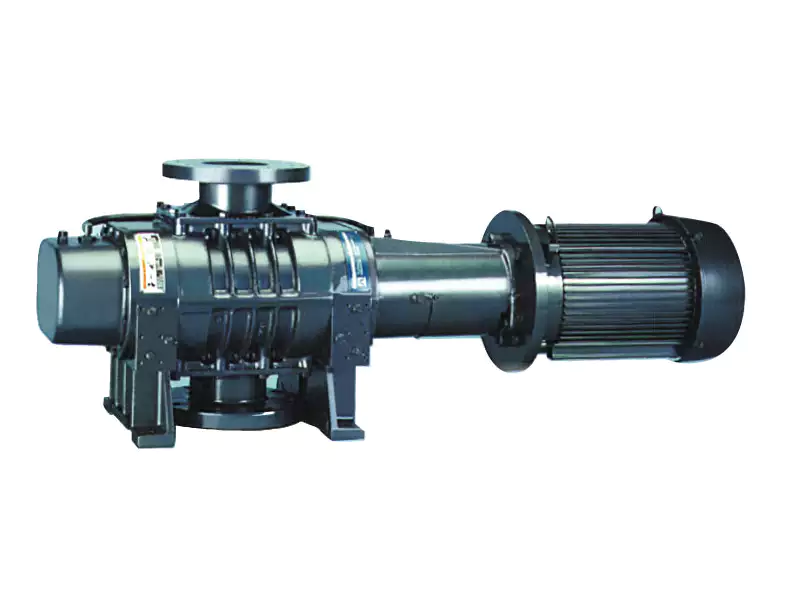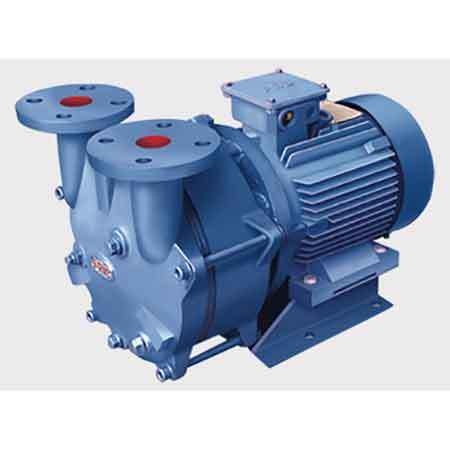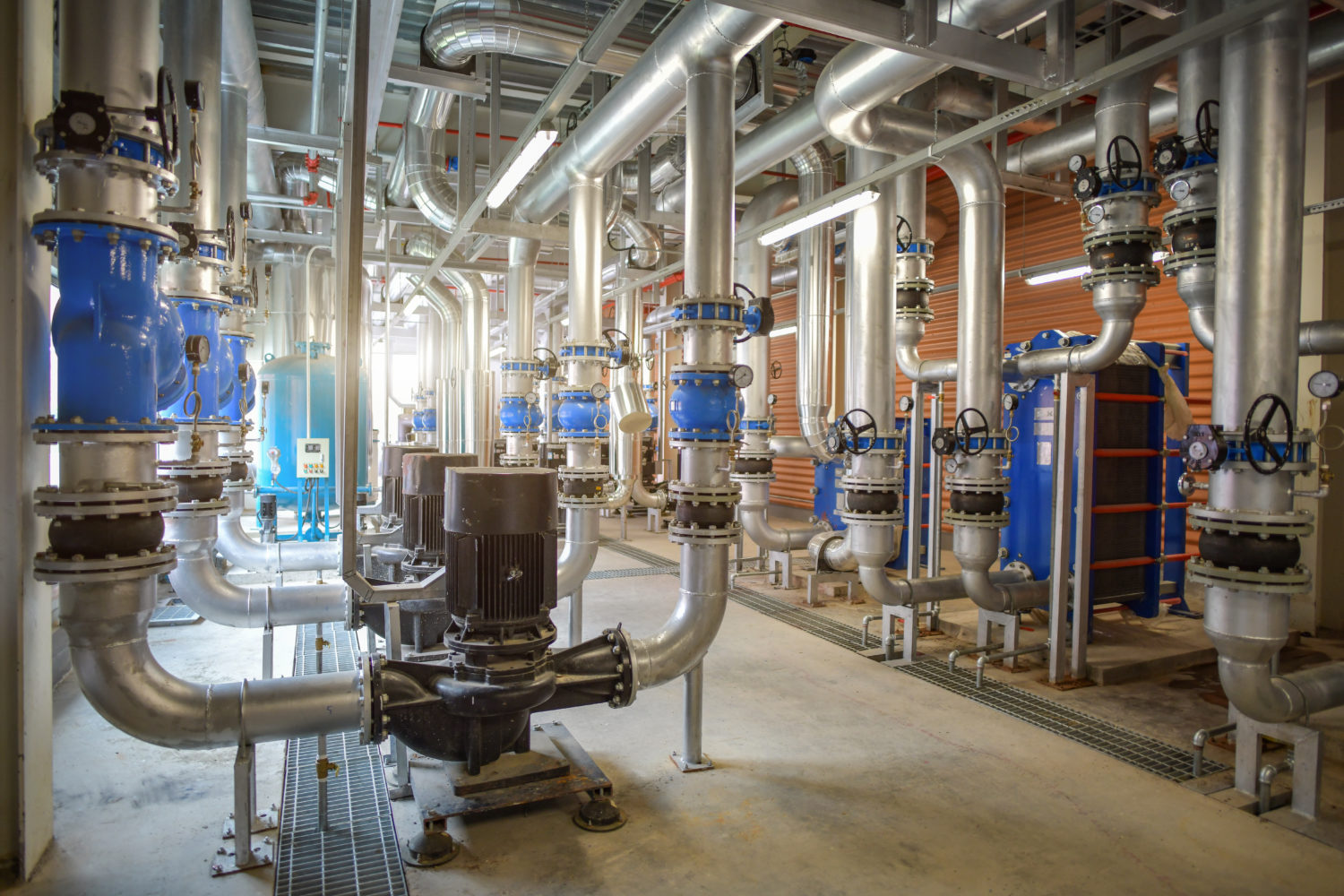产品说明
Perssure Rise TPS-80 1hp Peripheral Water SelfPriming Vacuum Pump
With a small tank over its impeller, TPS series pumps are a good solution for self-priming. And it is also with peripheral impeller and gain high pressures relative and its curves are steep particularly.
The wide rage of TPS series meets the most different operating requirements such as: supply water from well, pool and so on. Increase the water pressure in the pipe, garden sprinkling or clean washing. These pumps should be installed in a covered area, protected against the weather.
Liquid temperature up to 60ºC
Ambient temperature up to 40ºC
Total suction lift up to 9m
Continuous duty
| Single phase | Heavy duty continuous work (S1) |
| Motor housing: aluminium alloy | Shaft: Carbon Steel/ Stainless Steel |
| Insulation: class B/ class F | Protection: IP44/IP54 |
| Cooling: external ventilation | Pump body: Cast Iron |
| Impeller: brass/stainless steel | Mechanical seal: SIC/Ceramic/Graphite |
产品参数
Technical Data(220~240V/50Hz)
Packaging & Shipping
We also support OEM customized packing, according to your wish.
Just send the design file before production.
500pcs for customized the packing carton, otherwise the carton supplier will charge cost for it.
Certifications
公司简介
Established at year of 2005, CHINAMFG is a professional manufacturer of water pumps integrating R&D, production and sales.
Our sales headquarter is located in HangZhou, ZheJiang Province, 2 production bases are in CHINAMFG and Xihu (West Lake) Dis. with total 40,000 sqm, about 200 employee, water pump capacity of 1000,000 set/year.
With more than 10 years experience in exporting water pumps, 90% of our products exported to all over the world, EU and North American countries takes the majority, among them, 65% of them went to EU market.
Certificated: CE, ROHS.
Our Philosophy: Innovative, quality-oriented, Honest and collaborative.
Our Mission: Devoted to make each pump and providing intelligent solutions for water supply safety.
Our Core value: Efficiency, responsibility, Learning, Innovation.
Our Vision: Develop “ELESTAR” to become an international brand and achieve sustainable development.
常见问题
Q: Can you do OEM?
A: Yes, supported.
Q: How about the warranty?
A: 1 year.
Q: How about the MOQ?
A: Normally, it is 100PCS for each model. And if customized the branded color box/carton, then the MOQ wil be 500pcs.
Q: How about the delivery time?
A: Normally, 35 days. But it depends on your order quantity, the more, the longer.
Q: Where is your loading port?
A: HangZhou, China port or HangZhou,China port.
Q: What certificate do your product have?
A: We have CE, GS, UL, RoHS certificate. Most of our products are CE standard.
Q: Are you a manufactuer or trading company
A: We are a manufacturer specialized in water pump and electrical motor more than 10 years.
| Max.Head: | 50-80m |
|---|---|
| Max.Capacity: | <50 L/min |
| Driving Type: | Motor |
| Material: | Cast Iron |
| 结构 | Single-stage Pump |
| Assembly: | Booster Pump |
| 样本 |
US$ 50/Piece
1 件(最小订单量) | |
|---|
| 定制: |
可用
|
|
|---|

What Is the Role of Vacuum Pumps in Semiconductor Manufacturing?
Vacuum pumps play a critical role in semiconductor manufacturing processes. Here’s a detailed explanation:
Semiconductor manufacturing involves the production of integrated circuits (ICs) and other semiconductor devices used in various electronic applications. Vacuum pumps are used extensively throughout the semiconductor manufacturing process to create and maintain the required vacuum conditions for specific manufacturing steps.
Here are some key roles of vacuum pumps in semiconductor manufacturing:
1. Deposition Processes: Vacuum pumps are used in deposition processes such as physical vapor deposition (PVD) and chemical vapor deposition (CVD). These processes involve depositing thin films of materials onto semiconductor wafers to create various layers and patterns. Vacuum pumps help create a low-pressure environment necessary for precise control of the deposition process, ensuring uniform and high-quality film formation.
2. Etching and Cleaning: Vacuum pumps are utilized in etching and cleaning processes, which involve the removal of specific layers or contaminants from semiconductor wafers. Dry etching techniques, such as plasma etching and reactive ion etching, require a vacuum environment to facilitate the ionization and removal of material. Vacuum pumps aid in creating the necessary low-pressure conditions for efficient etching and cleaning processes.
3. Ion Implantation: Ion implantation is a process used to introduce impurities into specific regions of a semiconductor wafer to modify its electrical properties. Vacuum pumps are used to evacuate the ion implantation chamber, creating the required vacuum environment for accurate and controlled ion beam acceleration and implantation.
4. Wafer Handling and Transfer: Vacuum pumps are employed in wafer handling and transfer systems. These systems utilize vacuum suction to securely hold and manipulate semiconductor wafers during various manufacturing steps, such as loading and unloading from process chambers, robotic transfer between tools, and wafer alignment.
5. Load Lock Systems: Load lock systems are used to transfer semiconductor wafers between atmospheric conditions and the vacuum environment of process chambers. Vacuum pumps are integral components of load lock systems, creating and maintaining the vacuum conditions necessary for wafer transfer while minimizing contamination risks.
6. Metrology and Inspection: Vacuum pumps are utilized in metrology and inspection tools used for characterizing semiconductor devices. These tools, such as scanning electron microscopes (SEMs) and focused ion beam (FIB) systems, often operate in a vacuum environment to enable high-resolution imaging and accurate analysis of semiconductor structures and defects.
7. Leak Detection: Vacuum pumps are employed in leak detection systems to identify and locate leaks in vacuum chambers, process lines, and other components. These systems rely on vacuum pumps to evacuate the system and then monitor for any pressure rise, indicating the presence of leaks.
8. Cleanroom Environment Control: Semiconductor manufacturing facilities maintain cleanroom environments to prevent contamination during the fabrication process. Vacuum pumps are used in the design and operation of the cleanroom ventilation and filtration systems, helping to maintain the required air cleanliness levels by removing particulates and maintaining controlled air pressure differentials.
Vacuum pumps used in semiconductor manufacturing processes are often specialized to meet the stringent requirements of the industry. They need to provide high vacuum levels, precise control, low contamination levels, and reliability for continuous operation.
Overall, vacuum pumps are indispensable in semiconductor manufacturing, enabling the creation of the necessary vacuum conditions for various processes, ensuring the production of high-quality semiconductor devices.

真空泵可用于化学蒸馏吗?
是的,真空泵通常用于化学蒸馏过程。下面是详细说明:
化学蒸馏是一种根据不同沸点分离或提纯混合物成分的技术。该过程包括加热混合物以蒸发所需成分,然后冷凝蒸汽以收集提纯物质。真空泵在化学蒸馏中起着至关重要的作用,它可以创造一个减压环境,从而降低各组分的沸点,并在较低温度下进行蒸馏。
以下是在化学蒸馏中使用真空泵的一些关键方面:
1.减压:真空泵通过在蒸馏装置中创造真空或低压环境,降低系统内的压力。压力的降低可降低成分的沸点,使蒸馏在低于其正常沸点的温度下进行。这对于热敏性或高沸点化合物尤其有用,因为这些化合物在较高温度下会分解或热降解。
2.提高沸点分离度:真空蒸馏提高了成分沸点之间的分离度,从而更容易达到更高的纯度。在普通的常压蒸馏中,某些成分的沸点可能会重叠,导致分离效果较差。通过真空操作,各组分的沸点距离更远,从而提高了蒸馏过程的选择性和效率。
3.能源效率:真空蒸馏比在大气条件下蒸馏更节能。压力的降低降低了蒸馏所需的温度,从而减少了能耗,降低了运营成本。这在处理大规模蒸馏过程或蒸馏需要严格控制温度的热敏性化合物时尤为有利。
4.真空泵的类型:根据工艺的具体要求,不同类型的真空泵可用于化学蒸馏。常用的真空泵类型包括
- 旋片泵:旋片泵能够达到中等真空度并处理各种气体,因此被广泛用于化学蒸馏。其工作原理是利用旋转叶片形成可膨胀和收缩的腔室,从而实现气体或蒸汽的抽吸。
- 隔膜泵:隔膜泵适用于较小规模的蒸馏过程。它们使用可上下移动的柔性隔膜来产生真空并压缩气体或蒸汽。隔膜泵通常不含油,因此适用于必须避免油污染的应用。
- 液环泵:液环泵可以处理要求更高的蒸馏过程和腐蚀性气体。它们依靠旋转的液环形成密封并压缩气体或蒸汽。液环泵常用于化工和石化行业。
- 干式螺杆泵:干式螺杆泵适用于高真空蒸馏工艺。它们使用相互啮合的螺杆来压缩和输送气体或蒸汽。干式螺杆泵以抽气速度高、噪音低和无油操作而著称。
总体而言,真空泵是化学蒸馏过程中不可或缺的设备,因为真空泵可以创造必要的减压环境,从而在较低温度下进行蒸馏。通过使用真空泵,可以实现更好的分离,提高能效,并有效处理热敏化合物。真空泵的选择取决于所需的真空度、蒸馏过程的规模以及蒸馏化合物的性质等因素。

暖通空调系统中真空泵的用途是什么?
在暖通空调(HVAC)系统中,真空泵起着至关重要的作用。下面是详细说明:
暖通空调系统中真空泵的作用是去除制冷剂管路和系统本身中的空气和湿气。暖通空调系统,尤其是依靠制冷的系统,需要在特定的压力和温度条件下运行,以促进热量的传递。为确保最佳性能和效率,必须从系统中排出任何不可冷凝的气体、空气和湿气。
以下是暖通空调系统中使用真空泵的主要原因:
1.除湿:由于系统安装、泄漏或维护不当等各种因素,暖通空调系统中可能存在湿气。当湿气与制冷剂结合时,会导致结冰、系统效率降低以及系统部件的潜在损坏等问题。真空泵通过创造低压环境来帮助去除湿气,从而使湿气沸腾并变成蒸汽,有效地将其从系统中抽空。
2.消除空气和不凝性气体:空气和不凝性气体(如氮气或氧气)可能在安装、维修过程中或通过泄漏进入暖通空调系统。这些气体会阻碍制冷过程、影响传热并降低系统性能。通过使用真空泵,技术人员可以排空空气和不凝性气体,确保系统在设计的制冷剂和压力水平下运行。
3.准备制冷剂充注:在向暖通空调系统充注制冷剂之前,关键是要抽真空,以清除任何杂质,确保系统清洁,为制冷剂的最佳循环做好准备。通过使用真空泵对系统进行抽真空,技术人员可确保制冷剂进入清洁可控的环境,从而降低系统故障的风险并提高整体效率。
4.泄漏检测:真空泵也用于暖通空调系统的泄漏检测。抽空系统后,技术人员可以监测压力是否保持稳定。如果压力明显下降,则表明存在泄漏,技术人员可在向系统注入制冷剂之前查明并修复泄漏。
总之,真空泵在暖通空调系统中起着至关重要的作用,它可以去除湿气、排除空气和不凝性气体、为制冷剂充注做好准备并帮助检测泄漏。这些功能有助于确保最佳的系统性能、能效和使用寿命,同时还能降低系统故障和损坏的风险。


editor by CX 2023-11-27